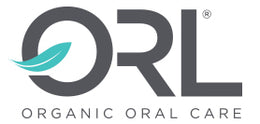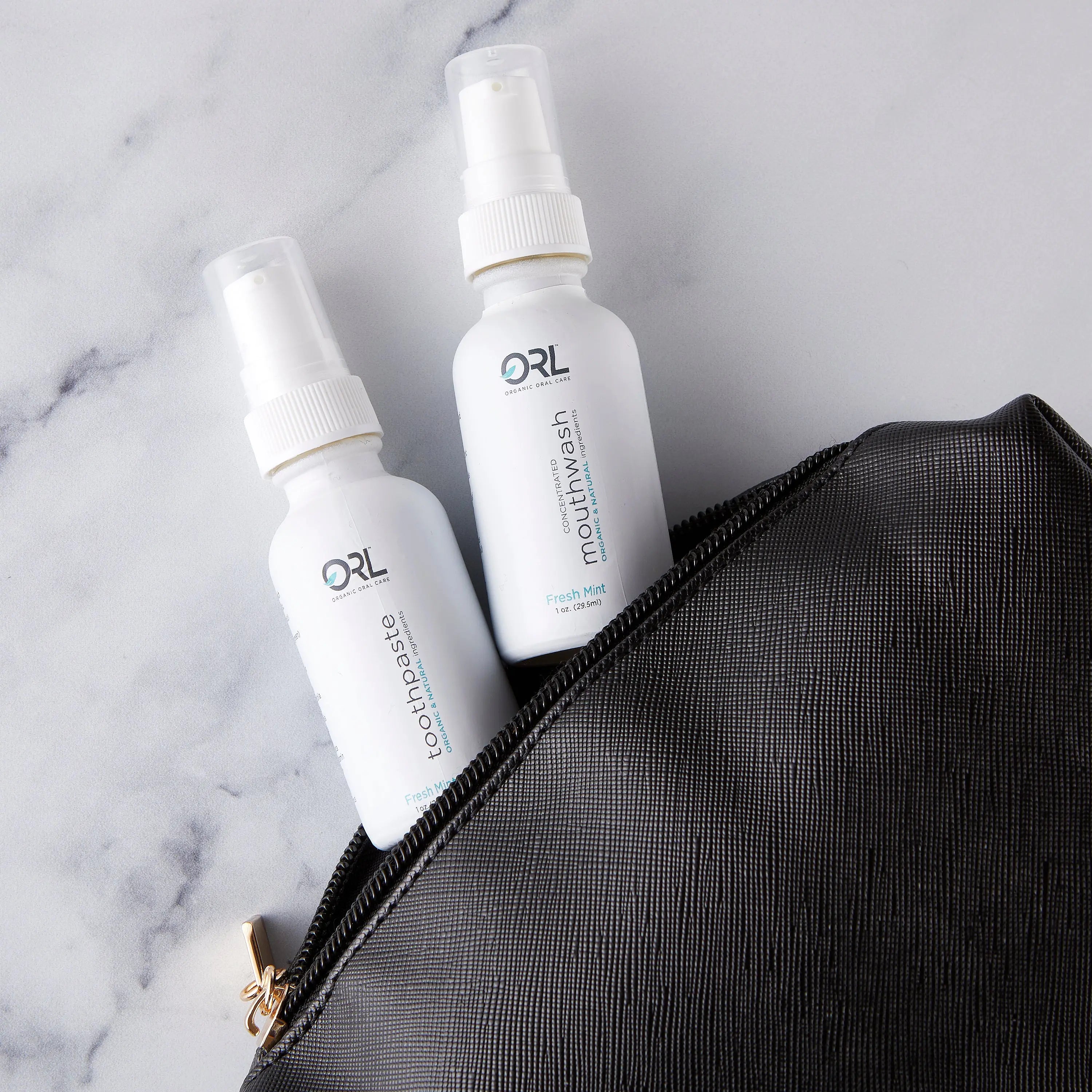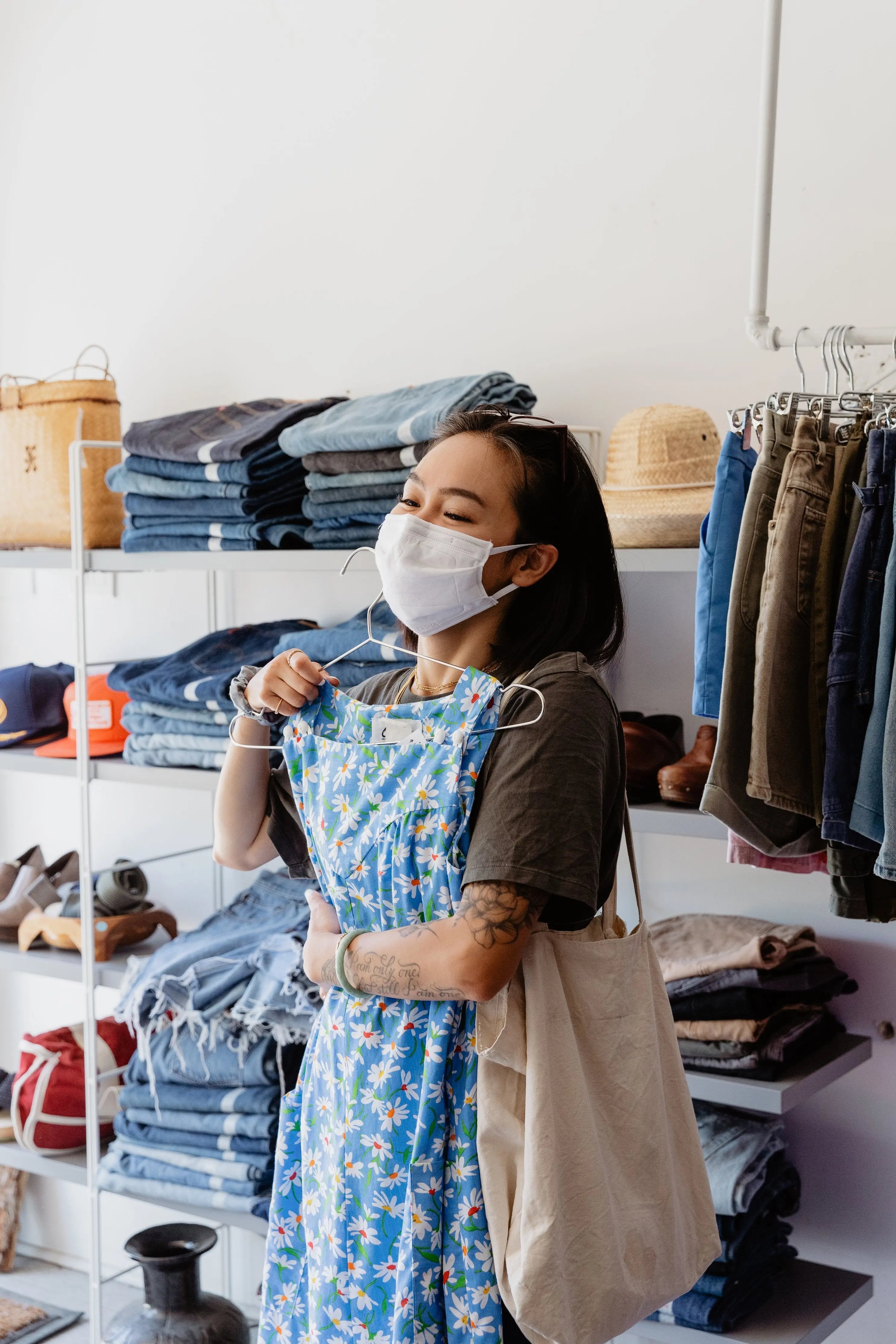Almost one-third of Americans planned New Year’s resolutions each year. Health concerns topped the list, with more than two-thirds of respondents saying wellness was their priority. Unfortunately, 68 percent won’t make it until February, the NY Post reports. More than half cite lack of discipline, while insufficient time comes in a close second. But, here’s the thing… if you’re like these people, you’re doing resolutions wrong.
If you’re like most people, you think change happens because of self-discipline, which you equate to willpower or self-denial. That’s why it doesn’t work. Worse yet, you wind up failing and feeling like you’re personally not “good” enough to meet your goals.
First off, let go of that shame. Odds are, if you haven’t managed to start flossing daily by this stage in your life, it’s not because you can’t meet goals or change your habits. It’s because there was something remarkably different about the other goals you set and kept, and no, it wasn’t willpower or self-discipline.
Studies show some of the biggest determining factors in behavior change are emotions and avoiding something known as “decision fatigue.” While the former may be obvious—you’re far more likely to stick to a new habit if you’re enjoying yourself—the latter is the tricky one. In short, people can only handle making so many decisions each day and, when you’re tired, stressed, or overwhelmed, you’ll automatically go with whatever’s easiest when you’re faced with a decision. It’s the same reason why we’ll accept more work from our boss or colleagues at the end of the workday and why we’ll opt for fast food rather than cook when we’ve had a long day. The same applies to your oral hygiene habits which, by default, get tied into your bedtime routine.
That in mind, rather than provide you with a list of new habits you should have and why you should have them, we’re actually going to give you some actionable tips that leverage the science of behavior change to help you keep the resolutions you’ve already made (and the ones you know you should have).
Resolution #1: Floss More
Flossing removes plaque and debris between your teeth, which otherwise will upset the balance of your oral ecosystem and contribute to gum disease and decay. General guidance is to floss at least once per day, but if you’ve been struggling to keep up with this schedule, try some of the following tips.
Floss in the morning. If you aren’t already a regular flosser, trying to incorporate it into your bedtime routine could leave you at the mercy of decision fatigue. Do it in the morning when you’re alert and energetic.
Try an interdental cleaner instead. The goal is to clean between your teeth, but you don’t necessarily need floss to do that. Experiment with floss/ dental picks, interdental brushes, pre-threaded floss, and water picks/ flossers until you find one that you like.
Keep your floss (or interdental cleaner) next to your sink. It’ll prompt you to use it since it’ll be in plain sight.
Don’t limit flossing to the bathroom. Some people like to keep floss picks by their computer or TV, so they can clean while they’re reading or watching something.
Resolution #2: Brush Longer
The guidance on toothbrushing is to do it twice per day for two minutes each, but the ADA reports the average person does it for just 45 seconds!
Use a toothpaste you love. Let’s face it. Most toothpaste doesn’t taste good. It’s overpowering and leaves a funky film in your mouth, plus can make your food taste funky after. The flavor and unique clean feeling of ORL are things people specifically mention in their reviews, so give it a go if you aren’t already an ORL fan. It can improve how you feel about brushing, so you do it more.
Try an electric toothbrush. Most have timers on them, so they’ll run for exactly two minutes, then stop. It’ll take the guesswork out of it and you won’t have to worry about using a separate timer.
Use a soft toothbrush and brush gently. Sometimes people brush hard thinking they’re doing a better job or get a tough brush thinking it helps in plaque removal. You can actually brush too hard and cause gum recession this way, plus it doesn’t feel great. Choose a soft-bristled brush and brush firmly, but not hard.
Do something else while you brush. Watch a TV show, read, or check out videos on your phone. The time will fly by when you’re not staring into the mirror.
Resolution #3: Visit the Dentist
You should be visiting the dentist twice per year for cleanings and checkups—more often if you have a condition like periodontal disease.
Book your appointments in advance. Even if your office offers to send you a reminder to book, schedule your next appointment when you’re in the office. If you wait to book until you’re due, it’s an extra step to get in. Conversely, by booking in advance, you’re forcing yourself to work to cancel or reschedule it, so you’re more likely to keep the appointment you’ve set because it’s the “easy way out.”
Find a dentist you like. You see your dentist twice per year—probably more often than you see your general practitioner or any other professional whose services you rely on. By choosing a practice where you feel like you belong, in which you genuinely feel like they have your best interests at heart and are there to support you, you may actually enjoy going in. The same is true of hygienists. Ask to see a different professional if you don’t jive with the person cleaning your teeth or if you don’t feel like they’re being gentle enough. Provided your office has multiple hygienists on staff, they’ll likely be happy to oblige.
Have open dialogues with your dentist and his or her team. You should be comfortable talking with them about everything from costs through comfort. A great team will do everything they can to eliminate barriers to care and keep you at ease.
Resolution #4: Don’t Get Cavities
Health conditions and genetics influence tooth decay propensity, so it’s not necessarily a good idea to make a resolution to not get cavities. However, some of your habits can and do influence decay rates, so rather than focusing on a cavity-free year, try setting yourself up with healthy habits that will minimize your risk instead. Tips covered in resolutions 1-3 will help quite a bit, and you can build upon them with the ideas below.
Learn about what makes your mouth happy. Most people think it’s about avoiding sugar, and while that’s part of it, it’s better to think of your mouth as an oral ecosystem that needs balance to be healthy. Check out our guide on how cavities happen to learn more.
Incorporate Xylitol into your routine. Xylitol is a special sweetener that starves cavity-causing bacteria and can improve your oral health. It’s something we’ve mindfully chosen to include in ORL products too, so you’ll automatically be tapping into its cavity-fighting power when you brush. You can learn more about it here.
Neutralize your pH. When your saliva is acidic, your teeth demineralize, and you can become more susceptible to decay. ORL is perfectly pH-balanced to help create a neutral environment. With neutrality restored, the demineralization stops and your teeth will naturally remineralize, provided the building blocks are there for them.
Fortify your smile. All too often, we don’t take in the vitamins and minerals our smiles need—the ones vital to the remineralization process. ORL is loaded with vitamins and minerals as well as plant-based essential oils that keep your teeth strong and gums healthy, so you get what your smile needs automatically each time you brush.
Avoid things your smile doesn’t need. Unfortunately, lots of oral health products are loaded with harmful ingredients. It’s not always easy to know what’s in your toothpaste and mouthwash, let alone why it’s there or what harm it can cause. We’ve created a special tool that automatically pulls the ingredients of common oral health care products and cross-references them with PubChem, the database from the National Institute of Health (NIH) that provides vital information on ingredient safety. To find out what’s hiding in your toothpaste and mouthwash, check out the Compare Tool here.
Make ORL Part of Your New Year’s Resolutions
With mouthwatering flavor profiles for the whole family, a perfectly neutral 7.0 pH, and healthy ingredients like organic xylitol, vitamins, minerals, and plant-based essential oils, ORL can help you stick to your resolutions and improve your oral health. Visit our online store to explore the full collection.
©2021 ORL Labs, LLC All Rights Reserved


